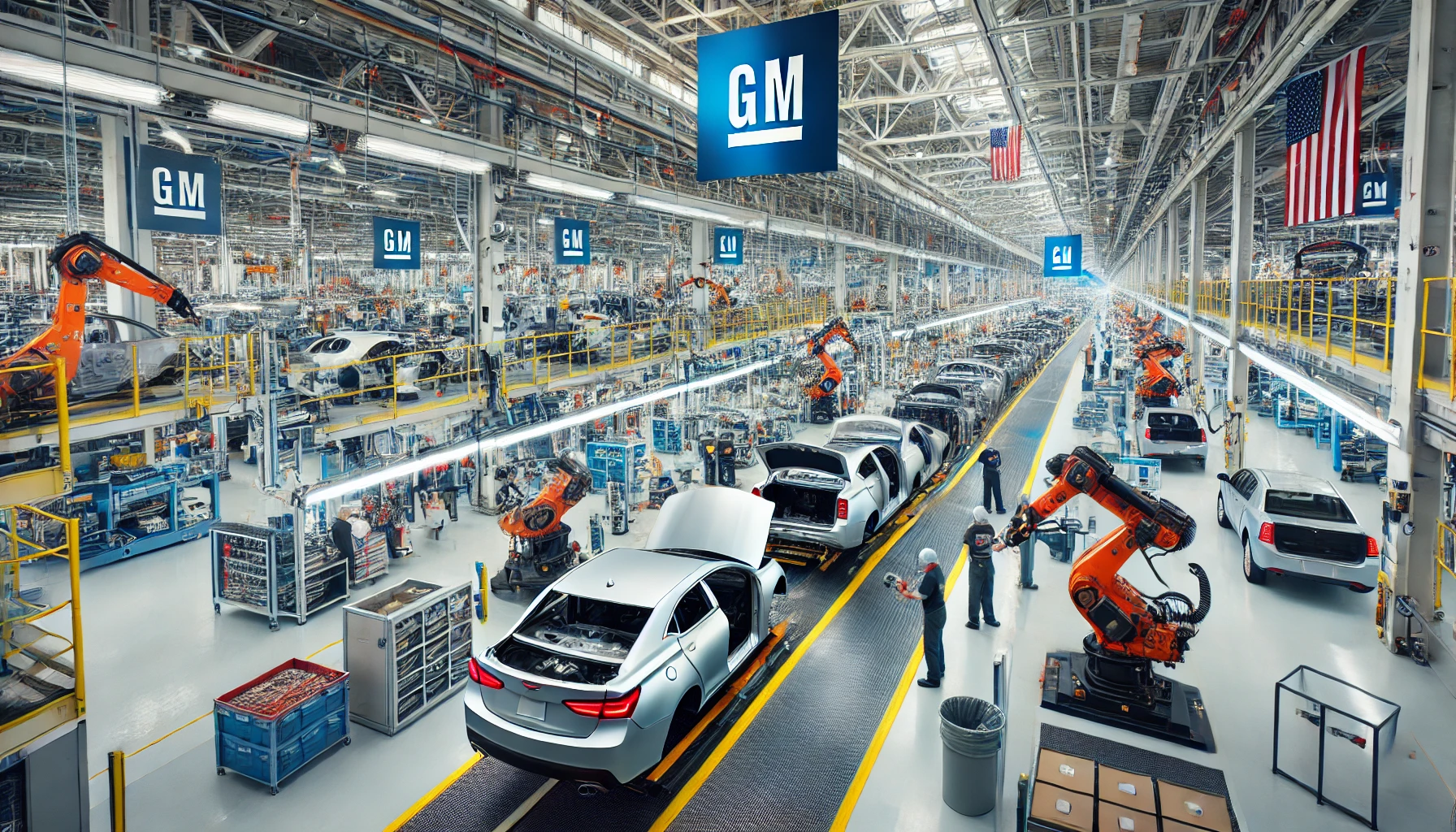| Key Points: – GM announced a $6B share buyback and a 25% dividend increase to $0.15 per share – Investors reacted positively, pushing GM stock up over 5% in morning trading – Company maintains strong R&D spending of $8B+ while navigating potential tariff challenges |
General Motors announced a significant boost to shareholder returns on Wednesday, unveiling a new $6 billion share repurchase program and increasing its quarterly dividend. The move comes just weeks after investors expressed disappointment when the automaker’s Q4 earnings call failed to include new capital return initiatives.
GM’s quarterly dividend will rise by $0.03 to $0.15 per share, marking the company’s first dividend increase since 2023. The $6 billion share repurchase authorization includes plans for a $2 billion accelerated share repurchase (ASR) program to be implemented in the near term.
Investors responded positively to the announcement, sending GM shares up more than 5% in morning trading to $49.22.
CEO Mary Barra emphasized the company’s strong execution across all three pillars of its capital allocation strategy. These include reinvesting for profitable growth, maintaining a strong investment-grade balance sheet, and returning capital to shareholders.
This latest buyback program follows GM’s previous $6 billion share repurchase plan and the $10 billion ASR program introduced in late 2023. The earlier initiatives coincided with a 33% dividend increase that took effect in January 2024.
During GM’s most recent earnings call, CFO Paul Jacobson had indicated the company would explore prudent ways to expand shareholder returns. In today’s announcement, he expressed confidence in the business plan and balance sheet strength, noting GM would remain agile in responding to potential policy changes.
Despite the increased focus on shareholder returns, GM confirmed its commitment to continued investment in its core business. The company expects 2025 capital spending to remain between $10-11 billion, including investments in battery manufacturing joint ventures. Research and product development spending is projected to exceed $8 billion for the year.
For fiscal 2025, GM has forecast profits between $13.7 billion and $15.7 billion, with diluted and adjusted earnings per share of $11-12. The company noted these projections don’t account for potential impacts from tariffs that might be implemented by the Trump administration on imported vehicles or parts.
While GM is clearly a large-cap stock, its shareholder-friendly actions could signal a broader trend that might eventually benefit small-cap stocks and the Russell 2000 index. Historically, when large corporations increase dividends and buybacks, it often reflects growing confidence in economic conditions that eventually filters down to smaller companies. The Russell 2000 has underperformed larger indices in recent years, but increased capital returns across the market could indicate improving liquidity conditions that typically benefit smaller firms more dramatically.
Additionally, GM’s ability to maintain robust capital returns while facing potential tariff challenges demonstrates corporate resilience that could reassure investors about smaller domestic manufacturers’ prospects. Many Russell 2000 companies are more domestically focused than their large-cap counterparts, potentially insulating them from international trade disruptions.
The shareholder return increases demonstrate GM’s financial strength despite ongoing challenges in the automotive industry, including electrification costs, competition, and potential trade policy changes. The company’s willingness to boost returns while maintaining substantial investments in future technologies suggests management’s confidence in its long-term business strategy.
As GM navigates the evolving automotive landscape, this balanced approach to capital allocation appears designed to keep both long-term investors and those seeking immediate returns satisfied while the company continues its transition toward an electric future.


